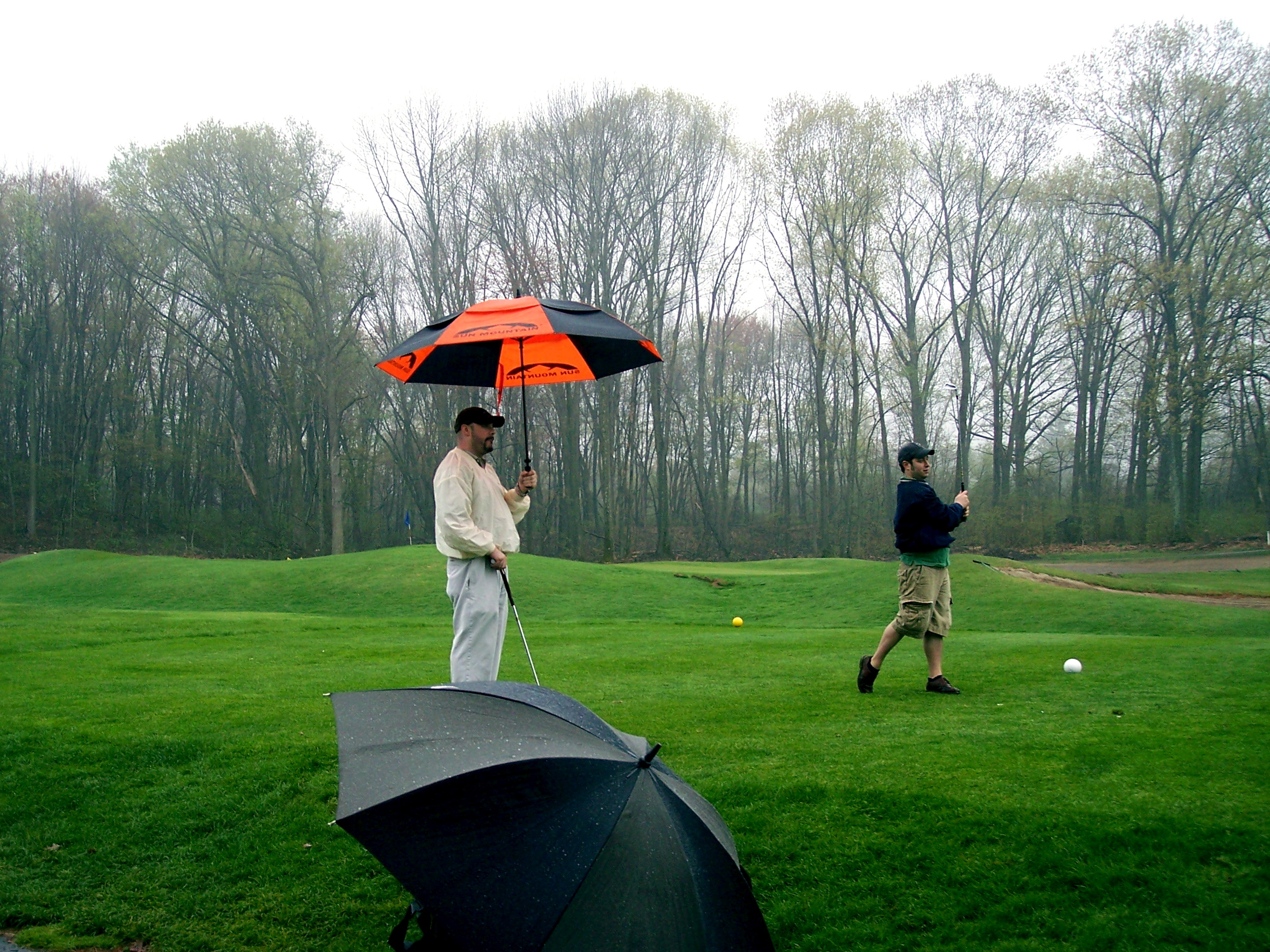
We’ve all heard stories of golfers being stuck by lightning out on the course – heck, we may have even known someone who was hit. And with thunderstorm season upon us (May-September, peaking in July) it might be a good time to remember we golfers are at a higher risk.
But the good news is, we seem to be more conscientious of this fact than those participating in other outdoorsy-type activities. According to a recent study from the National Oceanic and Atmospheric Administration (NOAA), 64 percent of lightning fatalities occur while folks are partaking in leisure activities. Of those activities, golf places 5th behind fishing, camping, boating and (of all things) soccer for lightning-related deaths.
From 2006-2012, there were only eight reported fatalities due to a lightning strike on the golf course. According to NOAA, this represents a 75 percent drop for golf-related lightning deaths. NOAA attributes the drop to their awareness campaign specifically targeted to golfers.
The vast majority of lightning victims are men ages 20-29 and this indicates some sort of “machismo” thing going on. “The dark clouds are way over there” or “That thunder is miles away.” But NOAA likes to remind everyone that lightning can strike up 10 miles away from where the storm is. And if you’re standing in an open field with a metal stick in your hand, trust me, you’re at a higher risk.
NOAA theorizes fisherman and boaters might react too slowly toward a gathering storm, which is why their fatality percentage is higher. Once the storm is over them, they don’t have enough time to make it ashore.
Golfers need to remember to react quickly too. You might be several hundred yards from shelter at any given time, so NOAA recommends suspending your play the second you hear thunder. And of course, standing under a canopy of trees isn’t going to cut it. Golfers should get back to the clubhouse or find an on-course rain/lightning shelter till the storm blows by.
I’m sure we all love being out on the golf course, but the lone exception should be during a T-storm. It seems nowadays many golfers are well-aware of that fact – let’s keep up the good work!
